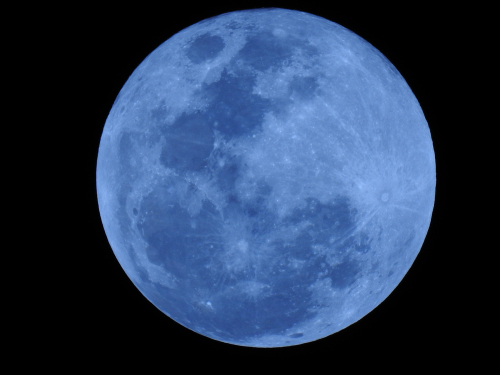How and where to see this year’s second blue moon
Skygazers will once more have the chance to see a second full moon later this month.
This rare phenomenon occurred back in January, and it’s happening all over again in just a few weeks.
There wasn’t a full moon in February – which hasn’t happened since 1999 and won’t happen again until 2037.
But by the end of March, Brits will be treated to lunar display.
Below is an in-depth look at everything there is to know.
When is March’s blue moon?
This year’s second blue moon will take place on Saturday, March 31.
Brits can expect the moon to reach its fullest just after midnight and into the early morning hours of Sunday.
The blue moon comes after March’s first full moon – Worm moon – which appeared in the sky on March 2.
Otherwise known as the Sap Moon, March’s Worm Moon was named by Native Americans as it marked the time of year when temperatures would rise and earthworms would become more active.
What is a blue moon and why is it called that?
When two full moons appear in the same calendar month the second one is labelled a ‘blue moon’, according to tradition.
Despite the name, there is no blue colour change in store.
But on some occasions, the moon can actually look blue in colour due to the way light reflects off dust particles that are blown into the atmosphere by a volcanic eruption.
How to see the blue moon:
Once it becomes dark, head outside and look up – it will be very easy to spot. But be sure to wrap up warm.
When the moon ascends to the centre of the sky, it will be radiating a brilliant white.
Brits will be able to see the blue moon without any high-tech cameras or binoculars, though these will still of course enhance the view.
Avid space enthusiasts should consider investing in a telescope to be able to admire the celestial display close-up.
What is a full moon?
Full moons occur when the Earth is directly in line between the moon and the sun.
Appearing every 29 and half days, they take place when the Moon is completely illuminated by the Sun’s rays.
Each month’s full moon possesses its very own special name.
Why do full moons have names?
Full moons are associated with Native American tribes that would give a unique name to each one that would occur every month.
This would then allow them to keep track of the seasons and all the months in the year by following the lunar calendar, which is still used today.
Most of the names are linked to an activity or an event that took place at the time. But it wasn’t a uniform system.

